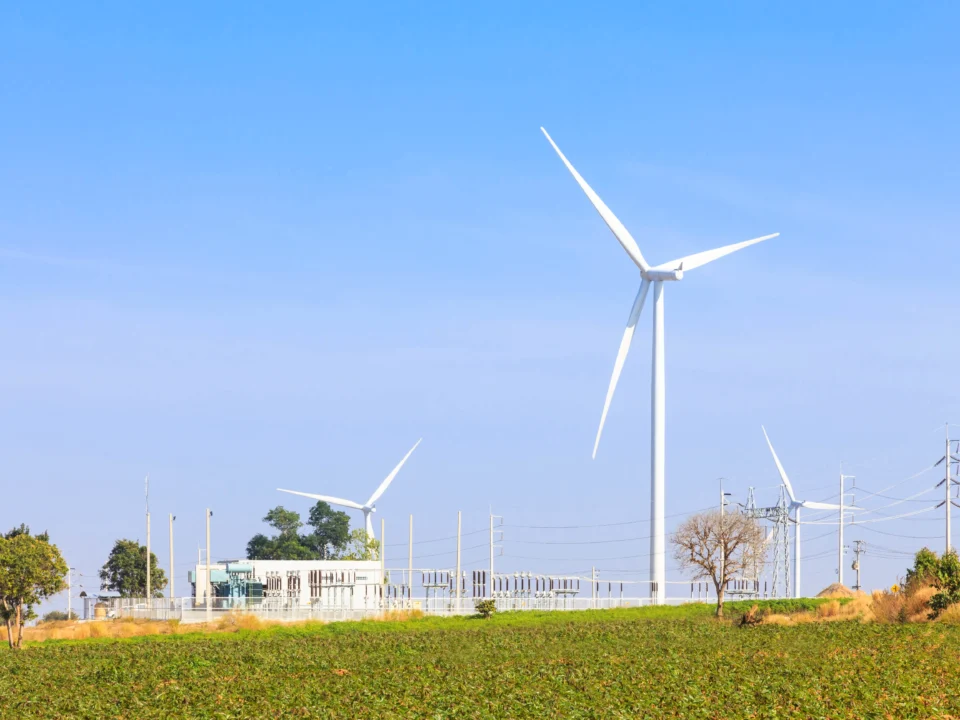Introduction
Green energy in Andhra Pradesh, a leading state in India, has made significant strides in promoting sustainable and renewable energy. With its strategic location, ample natural resources, and progressive policies, the state has become a key player in India’s green energy landscape. This blog delves into the growth of green energy in Andhra Pradesh, highlighting its initiatives, achievements, and the path forward.
Government Initiatives and Policies
The state government of Andhra Pradesh has implemented several initiatives to boost green energy production. Through favorable policies, subsidies, and streamlined approvals, the government has created a conducive environment for renewable energy investments. Key policies include:
- Andhra Pradesh Solar Power Policy – Encouraging large-scale solar parks and rooftop solar installations to enhance green energy in Andhra Pradesh.
- Andhra Pradesh Wind Power Policy – Promoting wind energy projects by providing land and transmission facilities for green energy in Andhra Pradesh.
- Renewable Energy Export Policy – Facilitating the export of surplus green energy in Andhra Pradesh to other states.
- Energy Storage Solutions – Investing in battery storage systems to manage intermittent renewable power generation, supporting green energy in Andhra Pradesh.
Solar Energy Expansion
Andhra Pradesh has emerged as a leader in solar energy production, with multiple large-scale solar parks established across the state. The Kurnool Ultra Mega Solar Park, one of the largest in the world, boasts a capacity of over 1,000 MW. The state’s favorable climatic conditions and vast land availability have accelerated the adoption of green energy in Andhra Pradesh.
Additionally, the government has encouraged the installation of rooftop solar panels in residential, commercial, and industrial sectors. Net metering policies further incentivize consumers to generate and supply green energy in Andhra Pradesh to the grid.
Wind Energy Development
Wind energy is another pillar of Andhra Pradesh’s green energy strategy. The state’s coastal regions experience strong wind currents, making them ideal for wind power generation. The districts of Anantapur, Kadapa, and Kurnool are dotted with wind farms, contributing significantly to green energy in Andhra Pradesh.
The government’s partnerships with private enterprises have further accelerated the establishment of wind energy projects. By providing essential infrastructure and ensuring ease of access to power grids, the state has successfully expanded its capacity in green energy in Andhra Pradesh.
Hybrid Energy Projects
Recognizing the intermittent nature of solar and wind energy, Andhra Pradesh has also focused on hybrid energy projects. These initiatives combine solar and wind power generation with energy storage systems, ensuring a stable and reliable power supply and strengthening green energy in Andhra Pradesh.
The integration of battery storage technology has further enhanced grid stability and ensured uninterrupted energy supply during peak demand periods. Such advancements position Andhra Pradesh as a pioneer in hybrid green energy systems.
Impact on Environment and Economy
The growth of green energy in Andhra Pradesh has brought about numerous environmental and economic benefits. By reducing reliance on fossil fuels, the state has significantly lowered its carbon emissions. Additionally, green energy projects have created employment opportunities, particularly in rural areas.
Renewable energy initiatives have also attracted substantial foreign and domestic investments, boosting the state’s economic development. With an increasing number of energy-intensive industries opting for clean power, Andhra Pradesh’s industrial sector has become more sustainable, benefiting from green energy in Andhra Pradesh.
Challenges and the Way Forward
Despite its successes, the state faces certain challenges in its green energy journey. Land acquisition for large-scale projects, grid management, and financial constraints remain key concerns. However, with continuous innovation and supportive policies, these challenges can be effectively addressed.
To further its green energy goals, Andhra Pradesh can focus on:
- Enhancing Grid Infrastructure – Investing in advanced grid technologies to ensure seamless integration of green energy in Andhra Pradesh.
- Promoting Research and Development – Encouraging innovation in energy storage solutions and smart grid systems for green energy in Andhra Pradesh.
- Community Participation – Involving local communities in green energy projects in Andhra Pradesh through awareness programs and financial incentives.
- Diversifying Renewable Energy Sources – Exploring other green energy sources such as biomass, hydro, and geothermal energy to expand green energy in Andhra Pradesh.
Conclusion
Andhra Pradesh stands as a beacon of green energy progress in India. Its commitment to sustainability, coupled with proactive policies and investments, has positioned the state as a leader in renewable energy production. By continuing on this path, Andhra Pradesh can serve as a model for other regions aspiring to transition to green energy.
The growth of green energy in Andhra Pradesh not only benefits the environment but also drives economic growth and enhances energy security. With sustained efforts and collective action, the state can achieve its ambitious renewable energy targets and contribute significantly to India’s clean energy vision.




